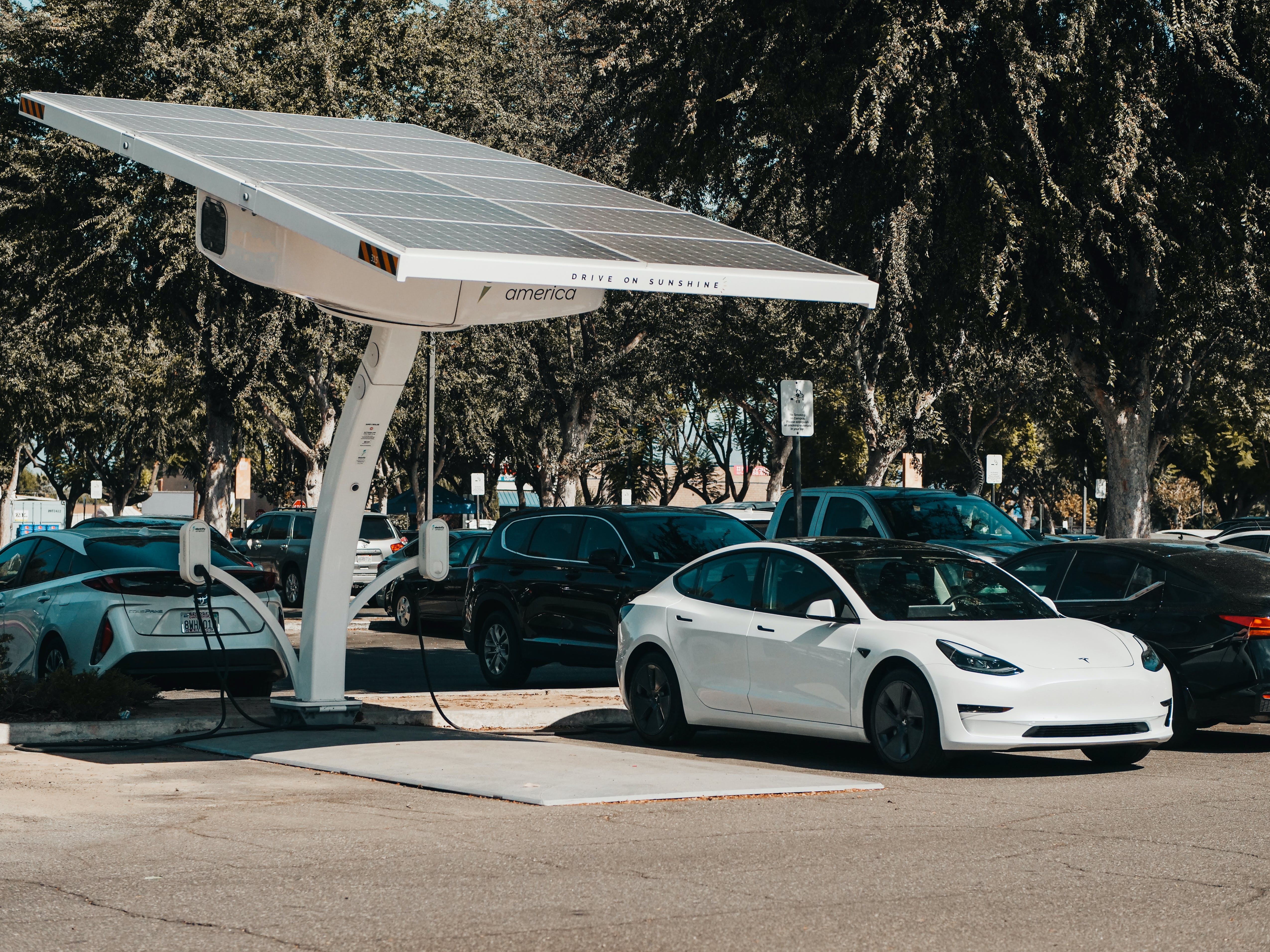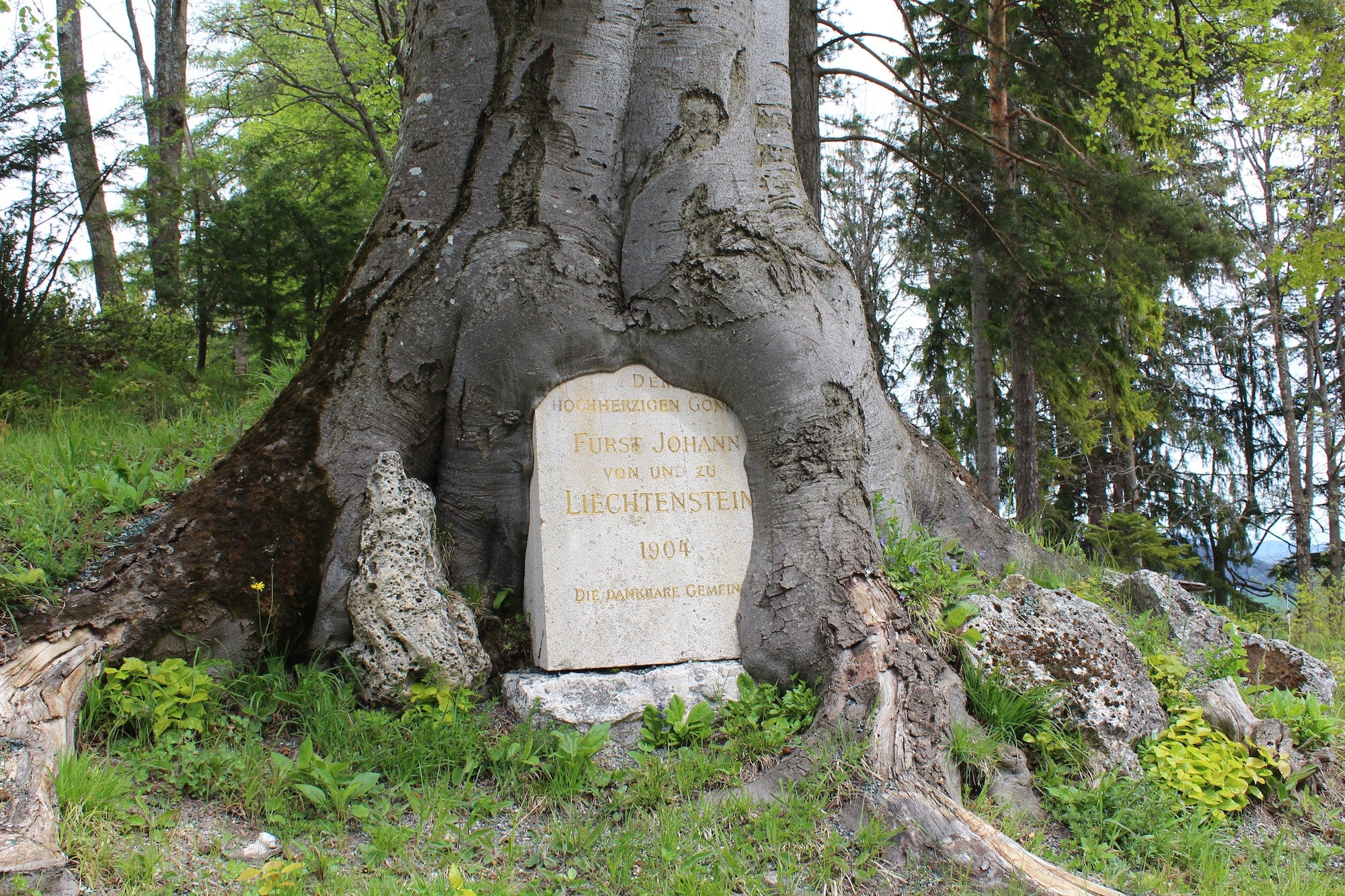Hello, and welcome to a special spoooooky 🦇👻😱 edition of one5c. Today, we’re taking climate action to the graveyard, discussing whether it’s possible to act sustainably from beyond this life. This is no trick: It’s a treat from new-to-one5c contributor Lina Zeldovich. If you like what you’re reading, forward this ghost story to all your friends. And cut it out with the toilet paper! —Corinne
WHAT WE’RE INTO THIS WEEK
By Sara Kiley Watson

To achieve our 1.5°C goals, we’re gonna need a lot more of this. Credit: Kindel Media via Pexels
Report card
Strong effort; needs improvement
The International Energy Agency’s 2023 rundown of the state of the world’s energy system, which the group released last week, is a straight-up Mary Poppins situation for climate mitigation. There’s a big spoonful of sugar: At our current rates of adoption, we’re on pace to have 10x the number of EVs on the road, have renewables make up 50% of the global electricity mix, see heat pumps and electric warmers outsell fossil fuel boilers, and funnel 3x as much money into offshore wind projects than we will into coal and gas plants. All by 2030. Then there’s the medicine: That’s too slow. Our demand for fossil fuels is still way too high to reach our 1.5°C goals—in fact, if the trend line holds, it’ll be 2.4°C hotter by the end of the century. Basically, we’ve made some good changes, but policies need to secure funding to double the pace of efficiency improvements and triple renewable capacity, among other measures.
Good read
Where do all the old solar panels go?
Nothing lasts forever—not plastic goods, not fossil fuel reserves, and unfortunately not solar panels. While the sun-sensitive cells installed today can last 25 to 30 years, they still have to go somewhere when they break down. For the vast majority of them that somewhere is the dump. Companies like California’s Solarcycle are finding ways to extend the life of the panels, removing the valuable metals and ending up with only around 5 pounds’ worth of plastic to deal with. Still, the process is expensive—$15 to $45 per slab—which is why experts say government subsidies and funding need to support recycling over the simple, cheap process of landfill dumping. Our pals at Grist are digging into how scientists and advocates are working to make end-of-life solar part of a sustainable, circular economy.
Greenwatch
Fossil fuel companies are done pretending
When fossil fuel companies make “green” promises, take everything they say with a tankerful of salt. Take initiatives like carbon capture and storage (CCS): While we need to pull carbon from the atmosphere, investing in these technologies allows the firms to avoid actual decarbonization. Shell fell into that trap again last week when the oily giant laid out a plan to cut 15% of its low-carbon solutions unit after failing to gain government funding for a green hydrogen hub. These cuts largely leave CCS alone, only hitting the efforts on (say it with us) actual decarbonization in industry and transport. Meanwhile, dead dino burners Exxon and Chevron both announced acquisitions of fossil fuel companies in Texas’ Permian basin, opening up the region to even more exploitation.
Cause for optimism
Maine residents want control of their energy
The way most utilities work is pretty antiquated: Thanks to century-old deals, most states only have a handful of companies that supply the majority of power to their residents. That means that even if customers want their homes and cities to run climate-friendly options, they don’t have a ton of say. But, as Canary Media reports, a ballot initiative up for a vote in Maine next week is offering the people a way to take charge. If passed, the measure would revoke licenses to operate from the two for-profit, investor-owned utilities in the Pine Tree State, and hand over assets to a nonprofit utility owned by all Maine residents. The plan represents “bold, even radical strategy to hasten Maine’s progress on its climate goals.” Even if it doesn’t pass, the New England state is showing us that getting power back from some of the country’s oldest and toughest monopolies could one day be a reality.
Mic-drop climate fact

The portion of Americans who say that the federal government can help a lot to reduce the impacts of the climate crisis, according to a new survey from the Pew Research Center. Only 27% think that individuals have the same power—which isn’t exactly true if you consider that our votes are what put the feds in their seats to begin with.
Good Question
Are there truly green funerals?
By Lina Zeldovich
If you’re reading this, you likely think about the ecological challenges of your Earthly existence on a fairly regular, if not everyday, basis. And, perhaps, while spooky season might make you wonder about all those plastic candy wrappers and trashed pumpkins, ghouls and faux gravestones might also spark more literal life-or-death questions. Specifically: Given the slew of unsustainable routines associated with modern funerals—from embalming to cremation—is there a last act that’s truly green?

Some modern burials may help—not hurt—the trees. Credit: Daniela Turcanu on Unsplash
What’s so bad about modern burial?
Modern-day embalming actually owes its popularity to a fad. After Abraham Lincoln was assassinated, his body was transported nearly 1,700 miles back to Illinois and viewed by mourners in 400 cities and towns along the way. “The body of the president will never know decay,” his embalmer Charles Brown told The Chicago Tribune. Embalming quickly caught on among the wealthy, and eventually spread to the general population and became the “traditional” way to get buried. Today, 30% of the people in the U.S. follow the practice.
It’s…not great. Every year, burials use up some 827,060 gallons of toxic embalming fluids like formaldehyde, which can leach into the soil where it can kill microbes and eventually find its way into drinking water. Contemporary funeral practices and cemeteries also use up approximately 30 million board feet of hardwoods, 2,700 tons of copper and bronze, 104,272 tons of steel, and 1,636,000 tons of reinforced concrete every year, according to an estimate in the Berkeley Planning Journal.
Is cremation any better?
Cremation became an appealing form of burial after writer Jessica Mitford published The American Way of Death in 1963, which exposed the ills of the funeral industry. She posited that cremation was a more affordable and holistic option, and it stuck: According to the National Funeral Directors Association, 60% of people now choose cremation over burial. Opting for ashes comes with its own problems. Each cremation can emit about 535 pounds of CO2—comparable to a 609-mile trip in an average car. On top of that, it also can release vaporized mercury from people’s fillings and particulate matter.
Are there greener forms of cremation?
Aquamation, also known as Resomation or alkaline hydrolysis, uses an alkaline solution to decompose the body in a matter of hours. This method mimics nature’s natural process, and it has a smaller footprint than cremation and lower risks of mercury pollution, says Nicki Mikolai of Resomation America. Instead of ashes, water cremation leaves behind liquid with some bone fragments, which the family members may choose to bury or scatter.
What about composting?
In the U.S., an option called natural organic reduction is legally available in six states: Colorado, Washington, Oregon, Vermont, California, and New York. The body is placed in a vessel with natural materials like wood chips, alfalfa, and straw, and turned regularly over a period of four to six weeks. Over time, microbes break down the body and leave behind soil, which is then returned to families. “You can scatter the soil somewhere that’s significant to you,” says Beverly Tryk of People’s Memorial Association in Seattle, which offers such a composting option. “Or you can actually donate your soil to go help rehabilitate exploited land.”
Whatever happened to just plain old burying?
It never went anywhere. The departed can rest in peace without any tech. “You can bury your beloved Aunt Bessie in a simple willow casket and even without any casket at all,” says Sara Williams of the National Funeral Consumers Alliance. “A simple shroud would be just fine.” Burying people in cemeteries, or even in some states on your own property, without embalming and coffins has never been outright illegal in the U.S.
So, I can just go out in the woods?
You can be buried in a forest, under a tree, or on a lush meadow. If that sounds like your cup of postmortem tea, look for conservation cemeteries in your state. These sites are typically land trusts (which means they’re protected against development) and don’t require embalming and building cement vaults. More than 200 American funeral sites offer green burials. In many cases, coffins are optional, but there are also a variety of alternative materials. A simple willow casket or shrouding are both great options, and some companies now offer vessels made of mycelium, a natural recycler found in mushrooms that decomposes all things dead from leaves to bone.
Of all the options is one truly better than all the others?
There’s no excellent apples-to-apples data comparing the footprints of various burial methods, and our final act is a small piece of our lifelong impact footprint—but that doesn’t mean it can’t be improved. Making end-of-life decisions, for ourselves or loved ones, isn’t easy, and there are of course cultural and religious considerations to keep in mind. But, if you’re looking to make a choice based purely on environmental impact, consider focusing on ways that give back instead of leaving a mark. Natural organic reduction, for example, can create 200 pounds of compost for land rehabilitation, and choosing a conservation cemetery can help safeguard acreage for the future. It’s also important to make sure you plan ahead so that your loved ones know what matters to you, something only about one in four people do.
